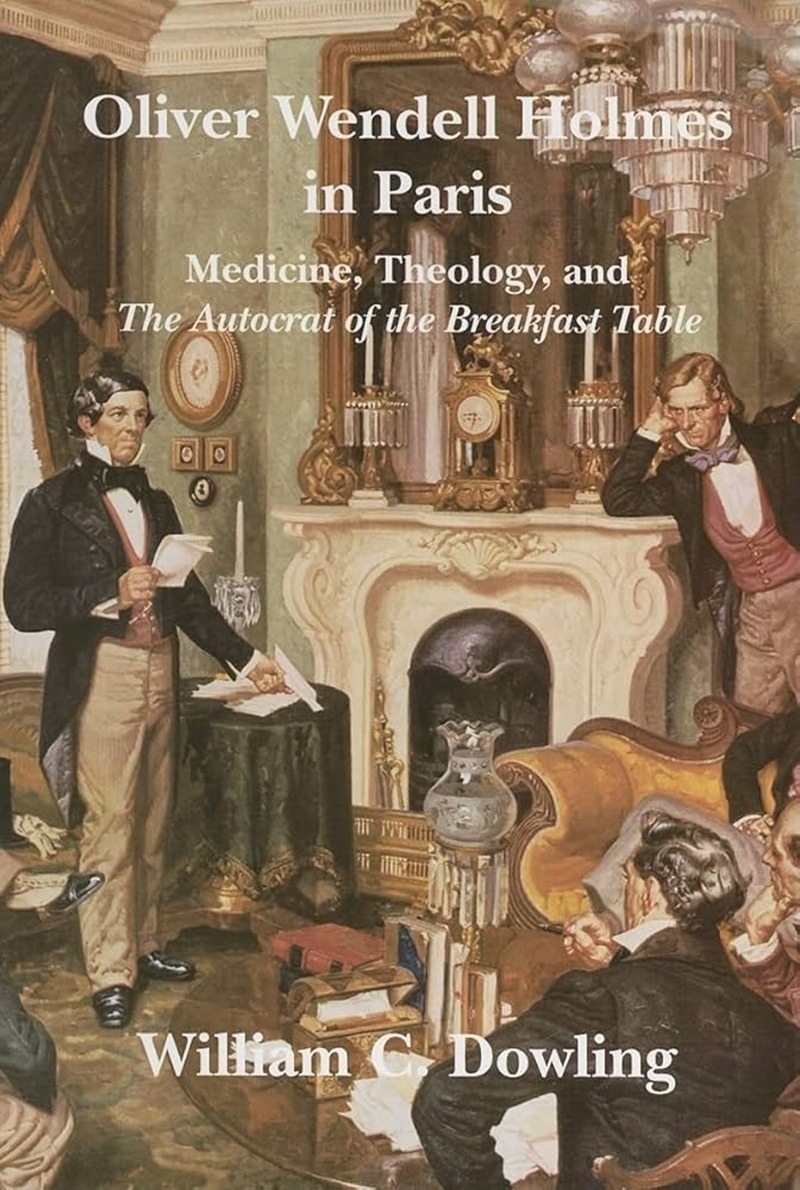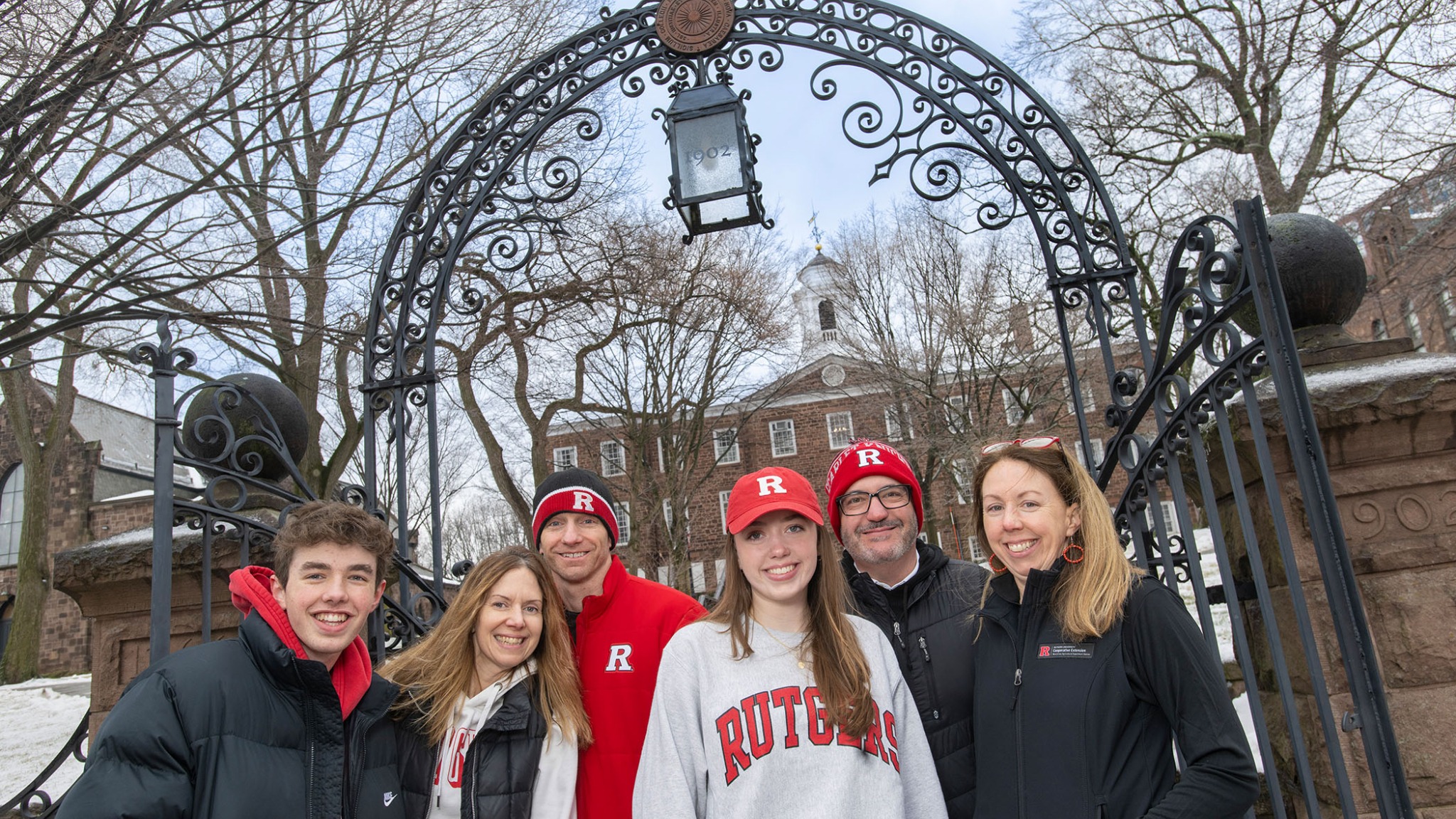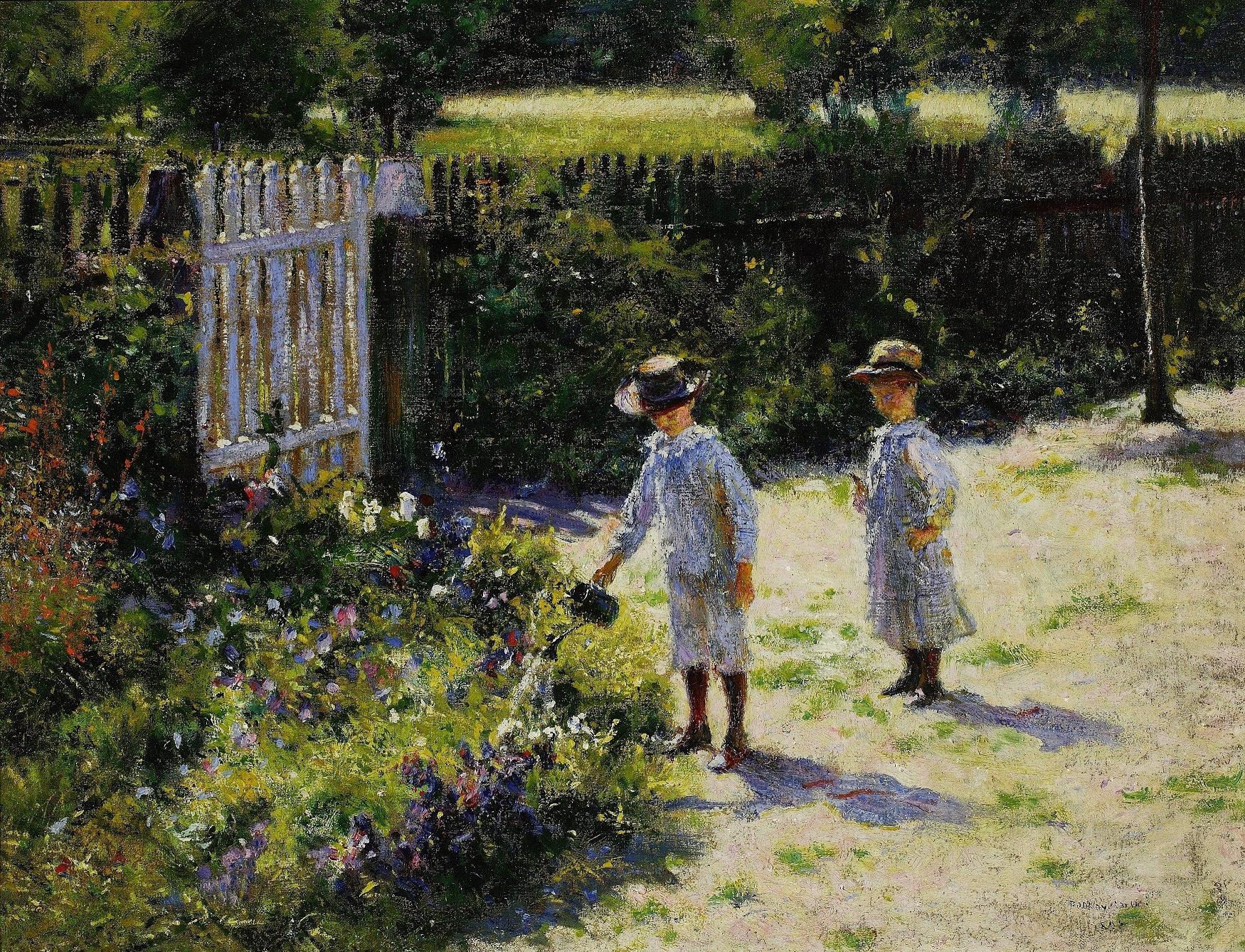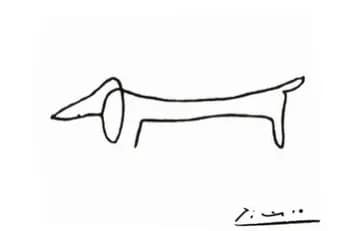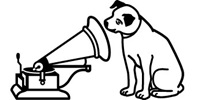A day in the life of a full-time plumbing student
- Home Page 54

Breakfast Table Trilogy
Red Lion Cafe | College Avenue | Financial Position 2024 | $2.914B
Institutional Planning & Operations
Proud of who we are and excited for our future. We’re thrilled to welcome our newest Scarlet Knights! #upstreamredteam
.
.
.
.#NationalSigningDay #NSD #ScarletKnights #RutgersRowing #ncaarowing #bigtenrowing #bigten pic.twitter.com/CyXhRdpEV7— RutgersWomensRowing (@RutgersWRowing) November 14, 2024
Chats Coffeehouse
The University of Northern Iowa does not currently have a student-run coffee shop based on available information. There is a coffee shop called Chats located in Maucker Union, which serves Starbucks coffee, Freshens smoothies, and other items, but it is not explicitly described as student-run.
Welcoming the 150th class! #uni150 pic.twitter.com/LPkbfBgpHZ
— University of Northern Iowa (@northerniowa) June 9, 2025
Freshman in college but always a farm girl!!! pic.twitter.com/erFP4KZUqr
— Rick DeGroote (@PRIMEFARM) September 18, 2024
August 14, 2003
“The world is changed by examples, not by opinions.”
– Marc Andreesen (Founder of Netscape, the first dominant web browser)
Carpentry
This content is accessible to paid subscribers. To view it please enter your password below or send mike@standardsmichigan.com a request for subscription details.
The Imitation Game
“Systems of Logic Based on Ordinals” Alan Turing PhD dissertation 1938
Computing Machinery and Intelligence 1950
May 28, 1936: Alan Turing submitted his paper “On Computable Numbers, with an Application to the Entscheidungsproblem” that would quietly spark the digital revolution with the design of a machine (Bombe) that significantly shortened World War Two in Europe.
“Science is a differential equation. Religion is a boundary condition.”
– Alan Turing (1912-1954) pic.twitter.com/51WTlKFmXr
— Physics In History (@PhysInHistory) May 16, 2025
– Alan Turing (1912-1954)
#OnThisDay May 28, 1936, Alan Turing submitted his paper “On Computable Numbers, with an Application to the Entscheidungsproblem” for publication.
It quietly laid the foundations of modern computer science.
A thread: pic.twitter.com/meIuDnn9VI— History of the day (@hist_of_the_day) May 28, 2025
Related:
Facilities | WRNS Studio Frist Health Center (~$48.5 Million)
Nursery Stock
The purpose of the American Standard for Nursery Stock — ANSI Z60.1 — is to provide buyers and sellers of nursery stock with a common terminology in order to facilitate transactions involving nursery stock. This standards establishes common techniques for
(a) measuring plants,
(b) specifying and stating the size of plants,
(c) determining the proper relationship between height and caliper, or height and width, and
(d) determining whether a root ball or container is large enough for a particular size plant.
This document — prepared under a grant to ANSI by AmericanHort — is a communication tool for the exchanges of products and services but does not provide buyers with any assurance of the health or quality of the nursery stock being specified or sold. It does not cover labor resources.

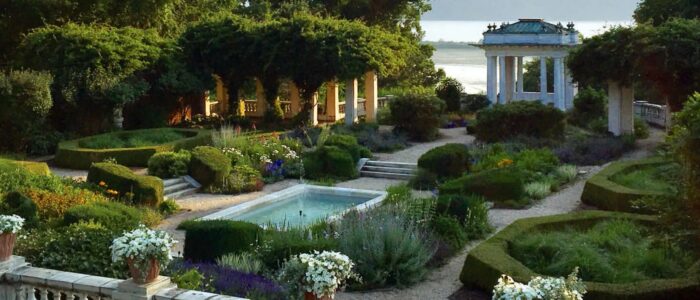
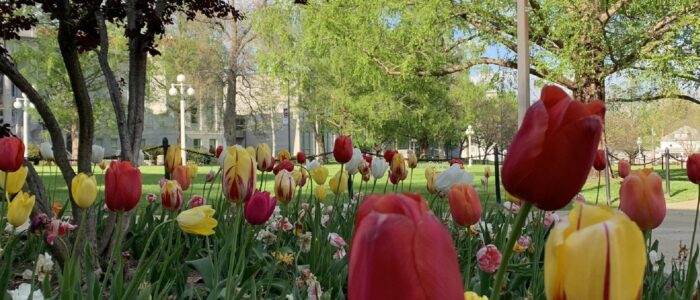
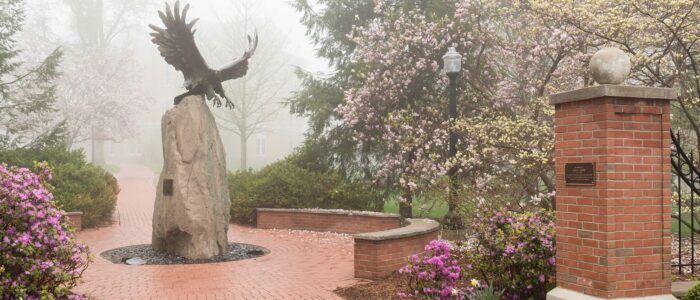
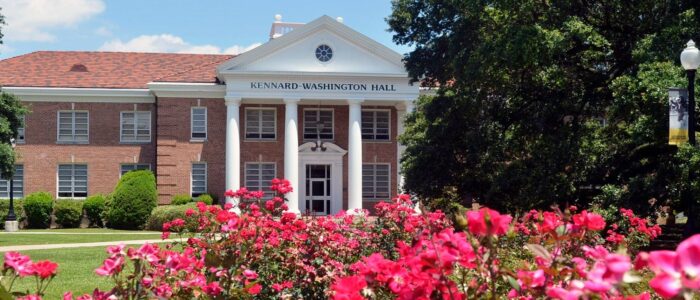
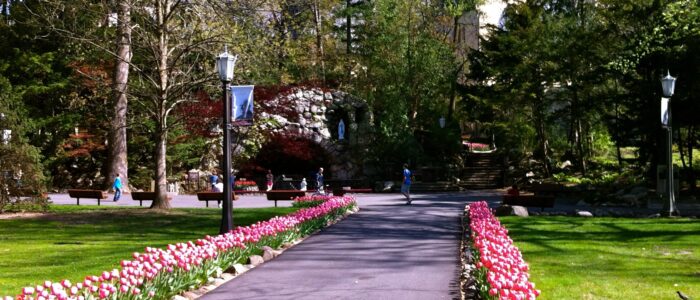
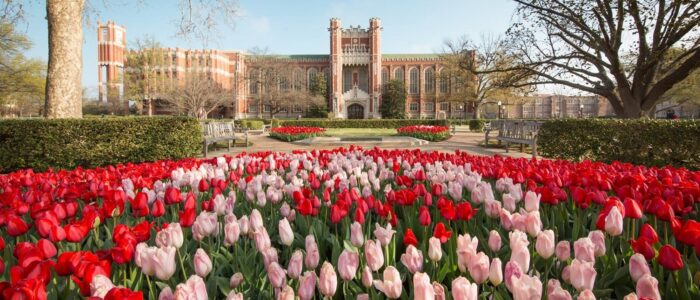
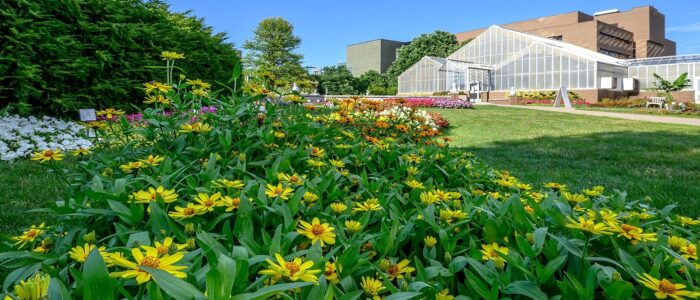
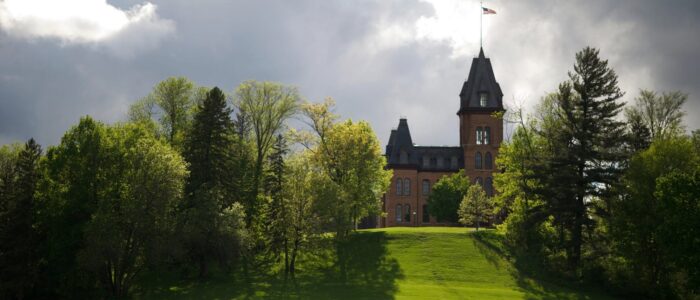

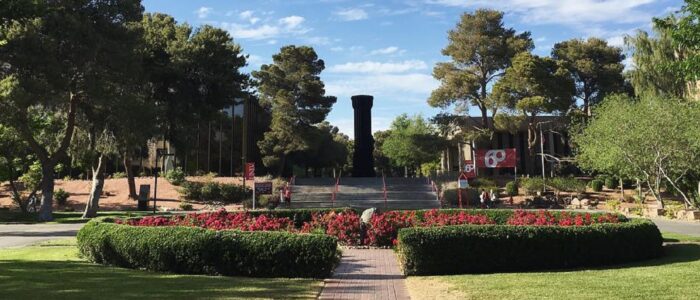

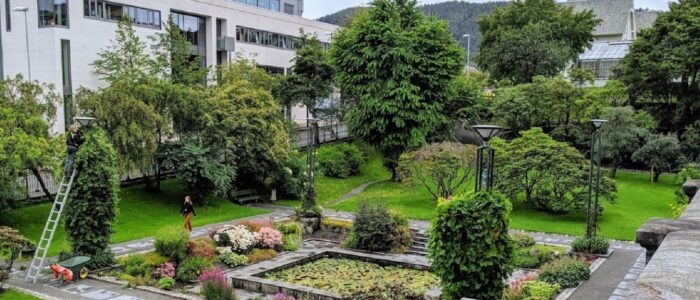
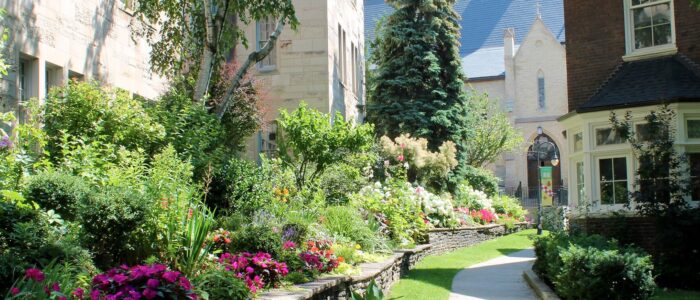
The American Hort standards landing page is linked below:
American Nursery Stock Standards
CLICK HERE for the current edition of ANSI Z60.1 2014
The 2014 revision should be entering another revision cycle though the pandemic has slowed standards setting among many non-profits. We encourage front-line staff to participate directly in the American Hort standards setting enterprise. CLICK HERE for contact information.
We sweep through the status of best practice literature for anything related to exterior assets in education communities during our Bucolia colloquium. See our CALENDAR for the next online meeting; open to everyone.
Issue: [18-160]
Category: Bucolia, Pathways
Pros and Cons of Owning A Dog During College
Getting a dog during college can be an exciting thought for many students who are leaving home and are experiencing their first taste of true freedom; However, many young adults fail to consider the responsibilities and obligations that come with owning a dog while in school.
Apart from the necessity as companions for students with disabilities; consider the following:
Pros:
They can lead to decreased stress.
Dogs have the incredible ability to make you feel more relaxed and less stressed. A study actually found that when people took care of dogs for just three months, they showed significant drops in blood pressure and reactivity to stress. There’s no better feeling than coming home after a long day to your furry best friend who’s thrilled to see you.
They help motivate you to exercise.
Daily exercise is an essential part of a dog’s well-being and absolutely cannot be neglected. However, this requirement becomes mutually beneficial because it also ensures that you’re getting outside daily, intaking sunlight, and getting your own exercise. Even if you’re having a rough day and don’t feel like doing much, your dog will make sure that you go outside and get moving.
They make great companions if you live alone.
Dogs can be fantastic companions for students who choose to live alone. Living by yourself can be lonely. Your pet can serve as a companion to keep you occupied, as well as a solid guard dog when needed (or you can at least let them think they are).
Cons:
They require a time and patience.
If you’re thinking about getting a dog in college, be prepared to commit tons of time and attention to them. Training sessions will be vitally important in ensuring that your dog is potty-trained, can behave on a leash, and can be trusted around other dogs. You’ll also have to make time for vet appointments, play time, and letting them out on a consistent basis.
They can be expensive.
Dogs can be extremely expensive. Between vet bills, food, toys, and general dog supplies, the costs can quickly add up. Assessing your financial situation beforehand and determining whether or not now is the right time for you to get a dog, is absolutely essential.
They can cut into your social life; although can expand your social life with a starting point for common conversation with other dog lovers.
Like it or not, having a dog will cut into your social time with your friends. Staying out until 4 am on the weekends or being away from your house for 12 hours at a time is no longer feasible when your pet is waiting for you at home. Plan to make arrangements to fit your dog’s needs, which may mean missing out on social activities from time to time.
Readings
University of Michigan: Animals on Campus
North Central Michigan College
It sure looks 👀 different around @EastCarolina and CET this week. ➡️https://t.co/pPRZ35XhMw pic.twitter.com/niXow6C8rI
— ECU Engr&Technology (@ECUCET) March 5, 2024
Strawberry Rhubarb Pie
Delivering our rhubarb around the village#Sunday pic.twitter.com/vEmSF4k8Uo
— Megs (@meg_j_boyle) April 28, 2024
The University of Wyoming Extension service provides research and education to farmers and ranchers; funded by federal, state, and local sources:
- Agricultural production and management: The Extension service provides information and resources on topics such as crop production, livestock management, and farm business management.
- Soil and water management: The Extension service offers expertise on soil fertility, irrigation, water quality, and conservation practices.
- Pest management: The Extension service provides resources and support for integrated pest management, including information on insect and disease control, weed management, and pesticide safety.
- Youth education: The Extension service offers educational programs and activities for youth interested in agriculture, including 4-H clubs and competitions.
- Community development: The Extension service works with local communities to support economic development, tourism, and natural resource conservation.
The Extension service also offers consultations, workshops, field days, and other events to help farmers and ranchers stay up-to-date on the latest research and technologies in agriculture.
New update alert! The 2022 update to the Trademark Assignment Dataset is now available online. Find 1.29 million trademark assignments, involving 2.28 million unique trademark properties issued by the USPTO between March 1952 and January 2023: https://t.co/njrDAbSpwB pic.twitter.com/GkAXrHoQ9T
— USPTO (@uspto) July 13, 2023
Standards Michigan Group, LLC
2723 South State Street | Suite 150
Ann Arbor, MI 48104 USA
888-746-3670



